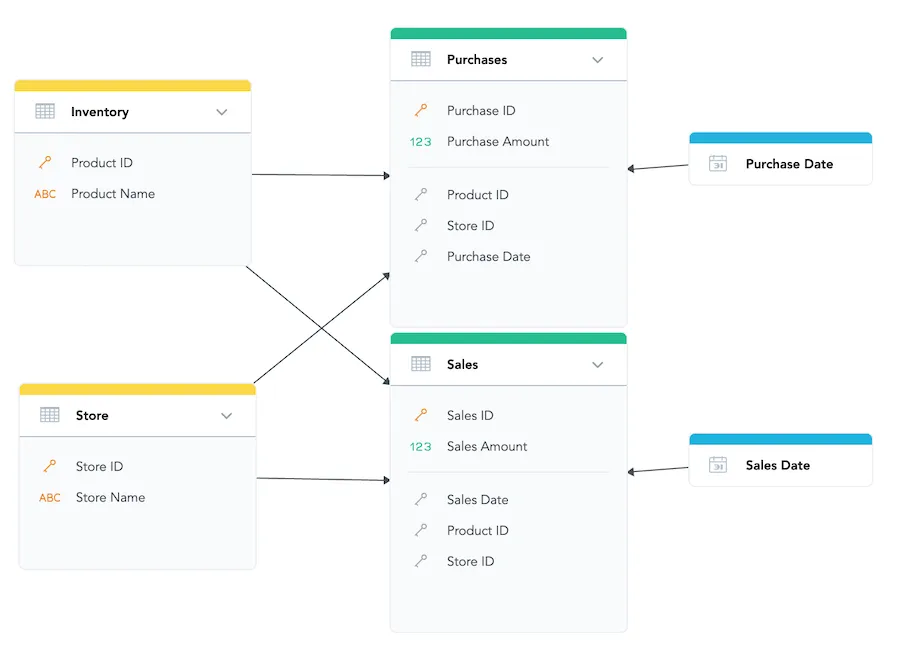APPROXIMATE_COUNT
Use APPROXIMATE_COUNT to return the approximate number of unique values for an attribute. Because the returned value is a statistical estimate and not an exact figure, this function can increase the processing speed when analyzing large datasets. You can use APPROXIMATE_COUNT anywhere you can use COUNT. The smaller the amount of data to process, the more likely that the returned results of APPROXIMATE_COUNT will match the results of COUNT.
Syntax
APPROXIMATE_COUNT uses the following syntax:
| Form | Syntax | Example |
|---|---|---|
| single parameter | SELECT APPROXIMATE_COUNT(attribute) | SELECT APPROXIMATE_COUNT({attribute/order_id}) |
| two parameters | SELECT APPROXIMATE_COUNT(attribute, primary_key) | SELECT APPROXIMATE_COUNT({attribute/order_id}, {attribute/campaign_id}) |
| with USING | SELECT APPROXIMATE_COUNT(attribute) USING primary_key | SELECT APPROXIMATE_COUNT({attribute/order_id}) USING {attribute/campaign_id} |
Single-Parameter Version
The single-parameter version of APPROXIMATE_COUNT dynamically gets the context of where to count from the visualization it is used in. In cases where the context is ambiguous, the count will be computed on all particular contexts and results from all counts will be joined together.
The following image shows a model with the fact datasets Purchases and Sales and
has both datasets connected to the Store ID and Product ID attributes.
If you build a visualization to display the count of products per store with SELECT APPROXIMATE_COUNT({label/inventory.productid}) and slice it by Store, it is ambiguous whether the visualization should display the number of unique products that have been purchased by store or the number of unique products that have been sold by the store. In such a case, both the number of unique products and the number of unique products that have been sold by the store will be computed and the number of unique products that have been sold or purchased by the store will be displayed.
Notice that in cases where another attribute will be provided, for example by filter on Purchases Amount, the context becomes unambiguous and the count will be computed on the dataset Purchases.
Two-Parameter Version
In the two-parameter version, the context where to count the attribute is determined explicitly by the second parameter - the primary key of the dataset.
The primary key is connection point between datasets. It connects the APPROXIMATE_COUNT function’s first parameter to the dataset in which the count is to take place.
Specifying APPROXIMATE_COUNT Context Resolution with USING
In a metric, USING provides a hint for which context should be used. The context for the computation of APPROXIMATE COUNT may be ambiguous if there are multiple fact datasets in your logical data model that relate to a counted attribute.
Let us use the example model again:
To create a metric that resolves with a specific context, you can specify USING in your metric like in the following
example: SELECT COUNT({label/inventory.productid}) USING {label/purchases.purchaseid}.
With this example, the visualization will show the approximate number of uniquely purchased products per store
because the attribute Purchase ID from the Purchases dataset is in the USING clause.
The attribute in the USING clause can be any attribute which uniquely determines the correct context. For example, you
can also use an attribute from the Purchase Date dataset in the USING clause. This uses the Purchases dataset as
the context because the Sales dataset has no relationships to Purchase Date:
SELECT COUNT({label/inventory.productid}) USING {label/purchasedate.year}
